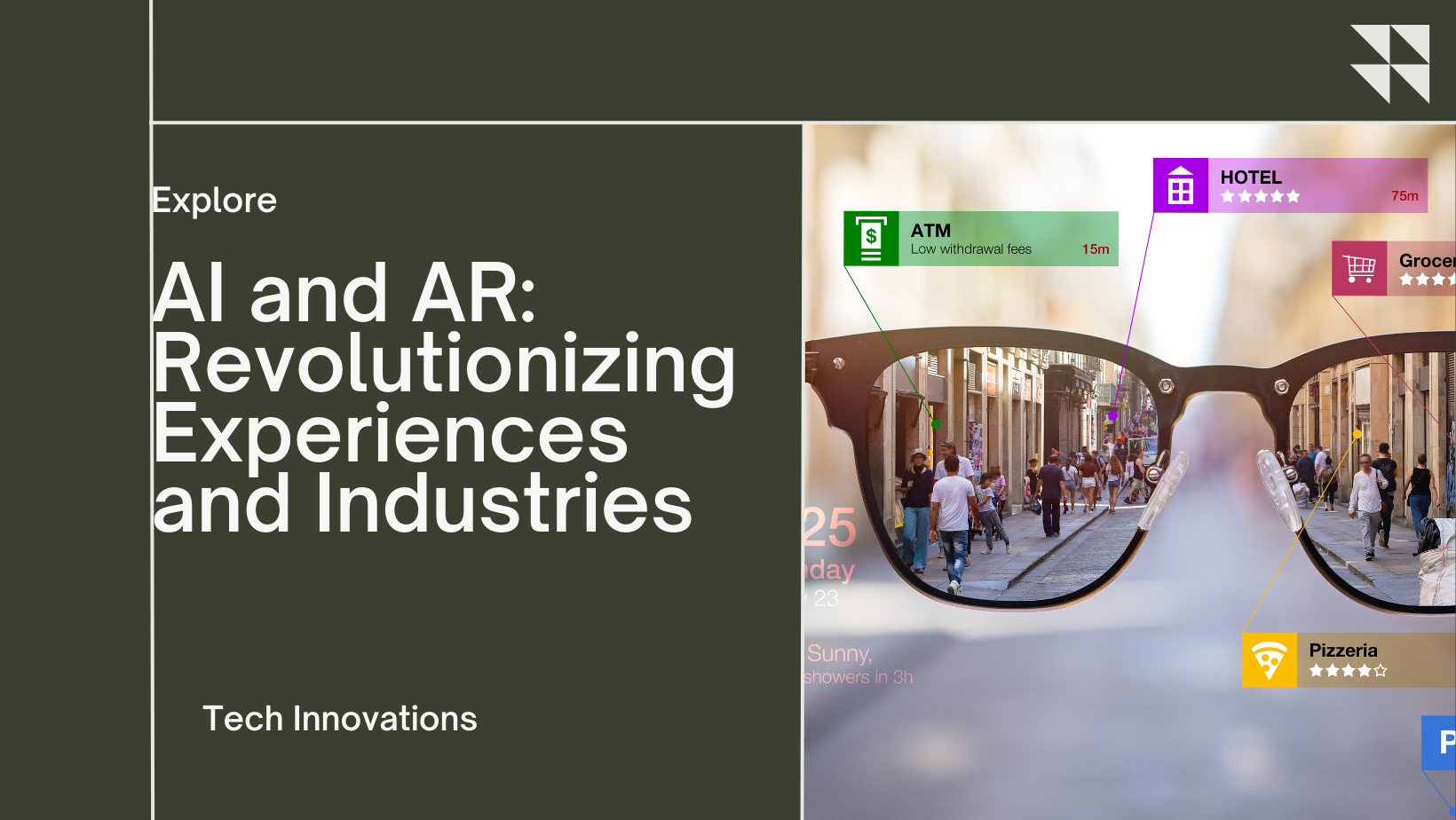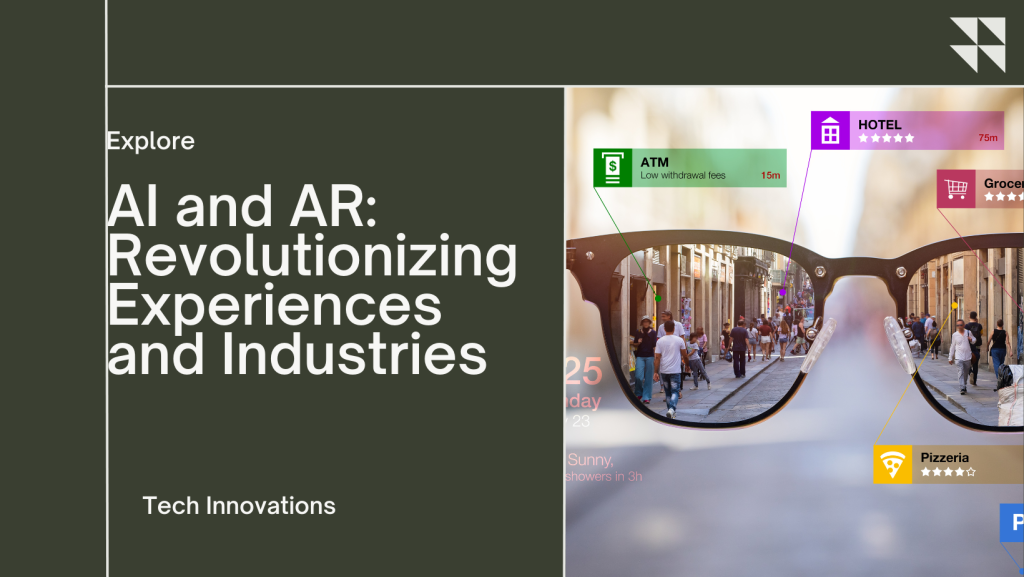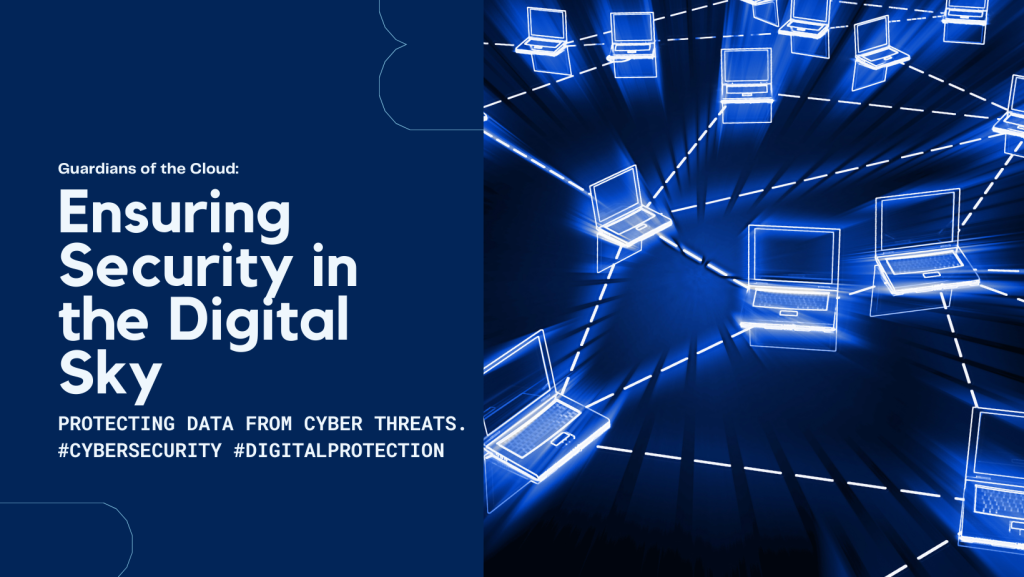Renewable energy technologies are driving global efforts to reduce dependence on fossil fuels and mitigate climate change. This article explores innovative advancements in renewable energy, highlighting their potential to transform energy production, sustainability, and environmental conservation.
- Solar Energy Innovations: Solar photovoltaic (PV) technology continues to evolve with advancements in efficiency, affordability, and scalability. Thin-film solar cells, bifacial panels, and perovskite solar cells are improving energy conversion rates and expanding solar deployment possibilities. Innovations in solar tracking systems optimize sunlight capture throughout the day, increasing energy output and improving economic viability in diverse geographic regions.
- Wind Power Advancements: Advances in wind turbine design, materials, and offshore wind farm technologies are enhancing the efficiency and reliability of wind power generation. Larger rotor diameters, advanced blade designs, and predictive maintenance techniques optimize turbine performance and reduce operational costs. Floating wind turbines and integrated energy storage solutions further expand the potential for harnessing wind energy in challenging marine environments.
- Energy Storage Technologies: Energy storage plays a crucial role in enabling the integration of intermittent renewable energy sources into the grid and enhancing energy reliability. Lithium-ion batteries, pumped hydro storage, and emerging technologies such as flow batteries and compressed air energy storage (CAES) offer scalable, cost-effective solutions for storing excess renewable energy and balancing supply-demand fluctuations.
- Hydroelectric Innovations: Hydroelectric power remains a significant renewable energy source, with innovations in turbine technology and dam design improving efficiency and environmental sustainability. Run-of-river hydroelectric systems minimize environmental impact by maintaining natural river flows, while pumped storage hydroelectric plants provide grid stability and energy storage capabilities.
- Bioenergy and Geothermal Developments: Bioenergy technologies, including biomass combustion, biogas production, and biofuel refining, utilize organic materials to generate heat, electricity, and transportation fuels. Advances in biofuel production processes and feedstock diversification promote sustainable bioenergy development. Geothermal energy systems harness heat from beneath the Earth’s surface to generate electricity and provide direct heating and cooling solutions, with enhanced geothermal systems (EGS) expanding geothermal potential in regions lacking natural reservoirs.
- Integration and Smart Grid Solutions: Smart grid technologies and digitalization enable efficient renewable energy integration, grid management, and demand-side management. Advanced grid infrastructure, including smart meters, energy management systems, and grid-connected energy storage, optimize energy distribution, reduce transmission losses, and support decentralized renewable energy generation.
Innovative advancements in renewable energy technologies are driving a global transition towards a sustainable energy future. Continued research, investment, and policy support are essential for accelerating renewable energy deployment, reducing carbon emissions, and achieving energy security and resilience on a global scale.


















